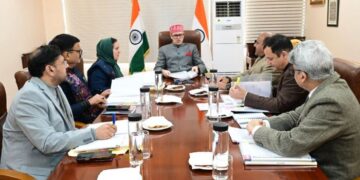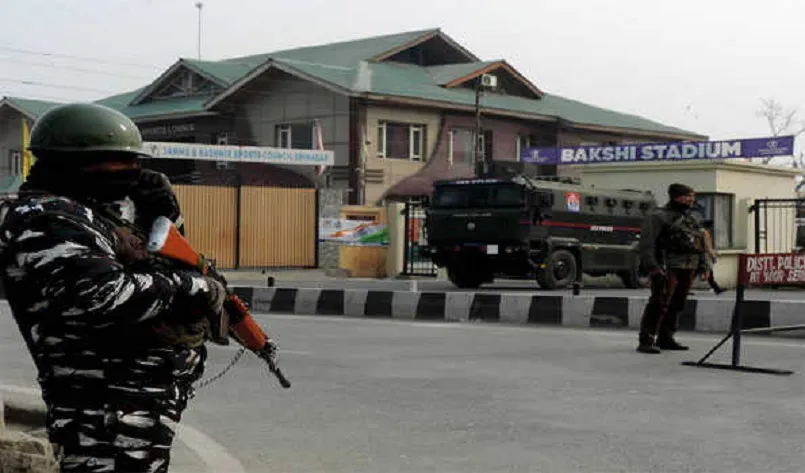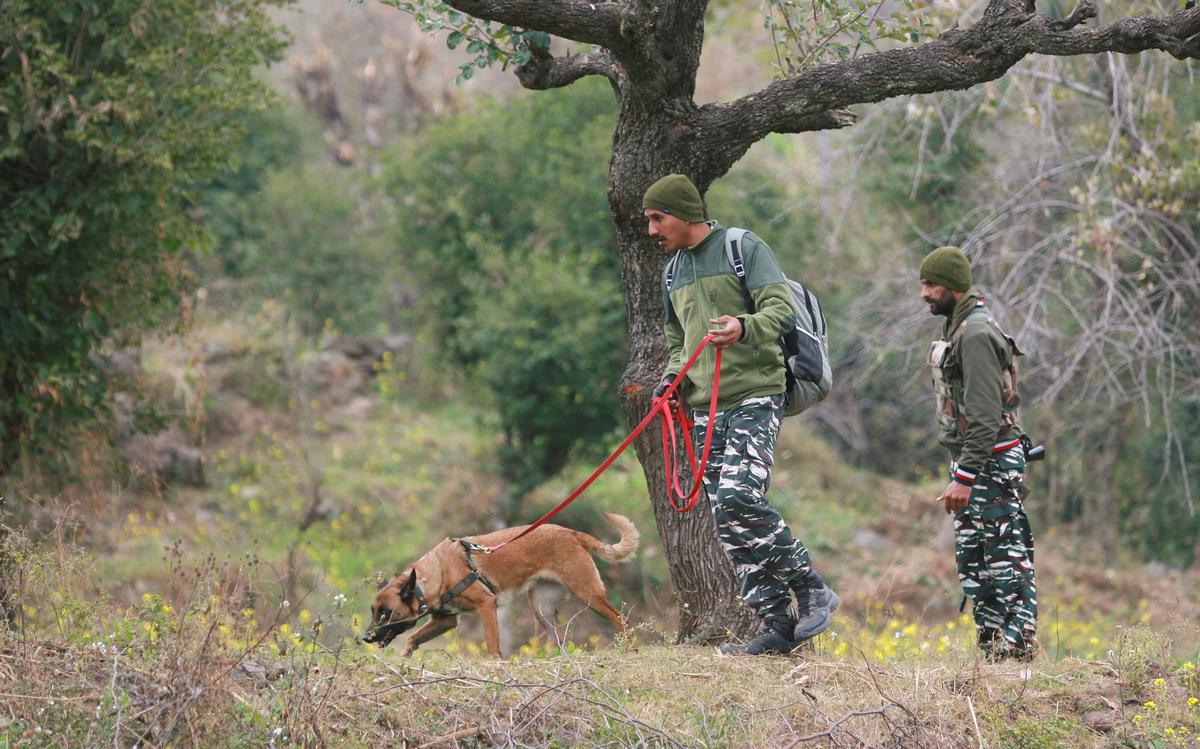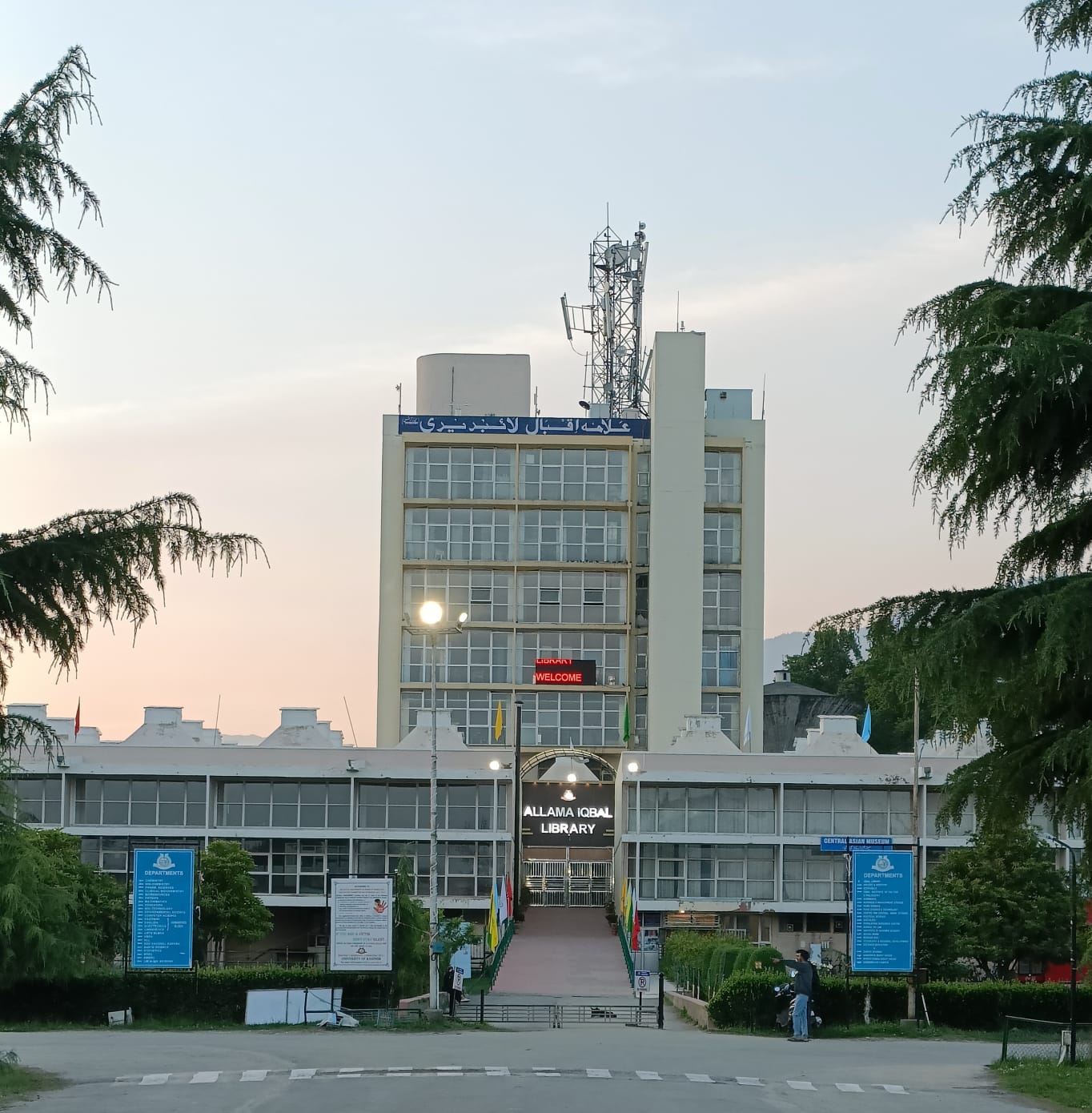Srinagar: Even as the attack on tourists at Pahalgam, followed by Indo-Pak tension and a 24/7 bombast war hysteria in certain news studios has almost effaced the tourist influx into Kashmir, an imperceptible visitor footfall is ticking in the Valley saddened at the attack and the happenings in its aftermath.
Almost 99 percent of hotel and houseboat bookings for Kashmir were cancelled by tour operators from Maharashtra, Gujarat, Bangalore and other high-income states of India, said Faiz Ahmad Bakshi, general secretary, Kashmir Chamber of Commerce and Industries (KCCI).
The tourist footprint did suffer a serious blow due to an inhuman attack, but the war hysteria and an ugly presentation of Kashmir in certain news and digital spaces have exacerbated the situation for us, he said.
Nevertheless, travellers from different parts of India and even some foreigners continue to trickle in and enjoy their sightseeing in the hyper-securitised valley.
Sanjay Shah, a corporate executive from Gujarat, and his spouse Anjali, like many others continue to uptick the tourist inflow despite adrenaline producing acerbic news channel rhetoric.
“Peace is a relative term in the current geo-political order of the world. No place in the world is free of terror. Why should we succumb to the fear psychosis created by elements aiming to capitalise on it,” said Shah.
Setting his foot on a shikara at Ghat number 5 at Dal Lake, Shah said “life is continuity and cannot be kept hostage to disruption”.
The tourism sector in Kashmir has experienced many upheavals. But over the past few years, the government vigorously presented and marketed Kashmir as a calm tourist end-point resulting in a massive visitor influx. Around 31,55,000 tourists including 37,678 foreigners visited the Valley in 2023. The number went up to 35,00,000 in 2024, reveals the government data, although disputed by Faiz Bakshi and others at the KCCI.
But everybody is unanimous that the Valley received an unprecedented number of visitors due to official marketing campaigns.
The sector has the potential to turn around the economy of Kashmir, opines Fuzail Ahmad, an investment banker. He, however, disagrees with the official claim that tourism contributes seven to eight percent to the former state’s economy.
In actual terms, it is very little, he said, but assures that it can be a major driver of the region’s growing services sector if out-of-box initiatives, including peace, are partnered by the stakeholders. “Besides world-class infrastructure development with investments from global players are required to harness Kashmir’s tourism potential,” said the financial professional.
Citing the example of Spain, the expert said that tourism contributes around 10 to 12 percent of the GDP of this southwestern region of Europe. “The annual tourist spending in that country is a staggering 150 billion US dollars. In contrast, the total income generated by tourism and allied activities in J&K is only one to two million dollars,” he said.
Saddened at the inhuman act at Pahalgam, the local participants in the tourism activity lament the serious blow to the ordinary livelihoods associated with this fledgling leisure industry of Kashmir. But they are confident of better days ahead.
Farooq Ahmad, owner of Derbyshire Houseboat at Dal Lake, says he had 100 percent booking for high-end tourists till May and June. The attack has led to en masse cancellation and refund of money to the customers.
Ahmad says that his folk are accustomed to these situations, which are beyond the control of an average Kashmiri. “The Valley of Kashmir is an all-weather destination. Its people have seen many troughs and crests but every time they resiled,” he said. That is the spirit of its ethos with a historic arc of thousands of years.







